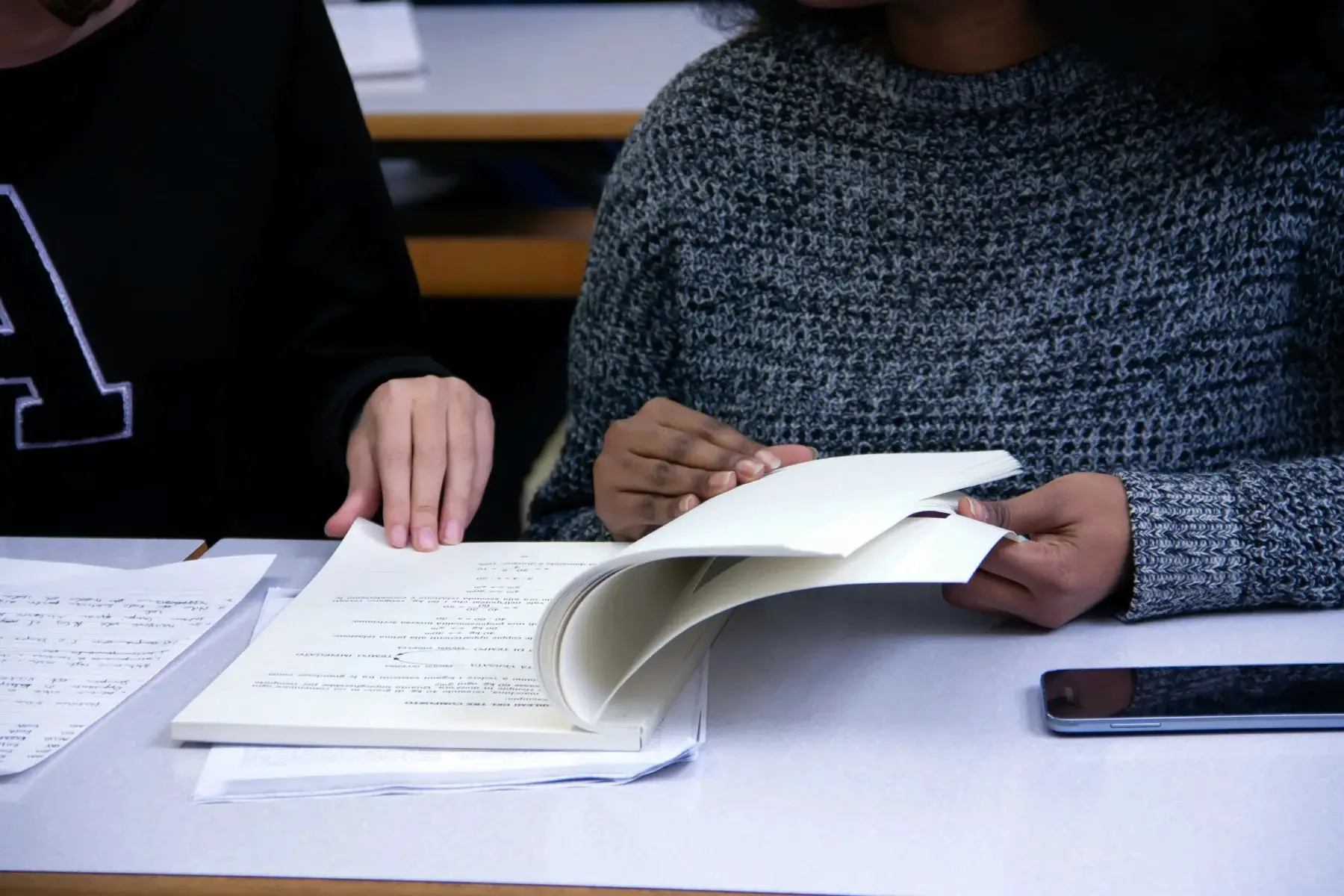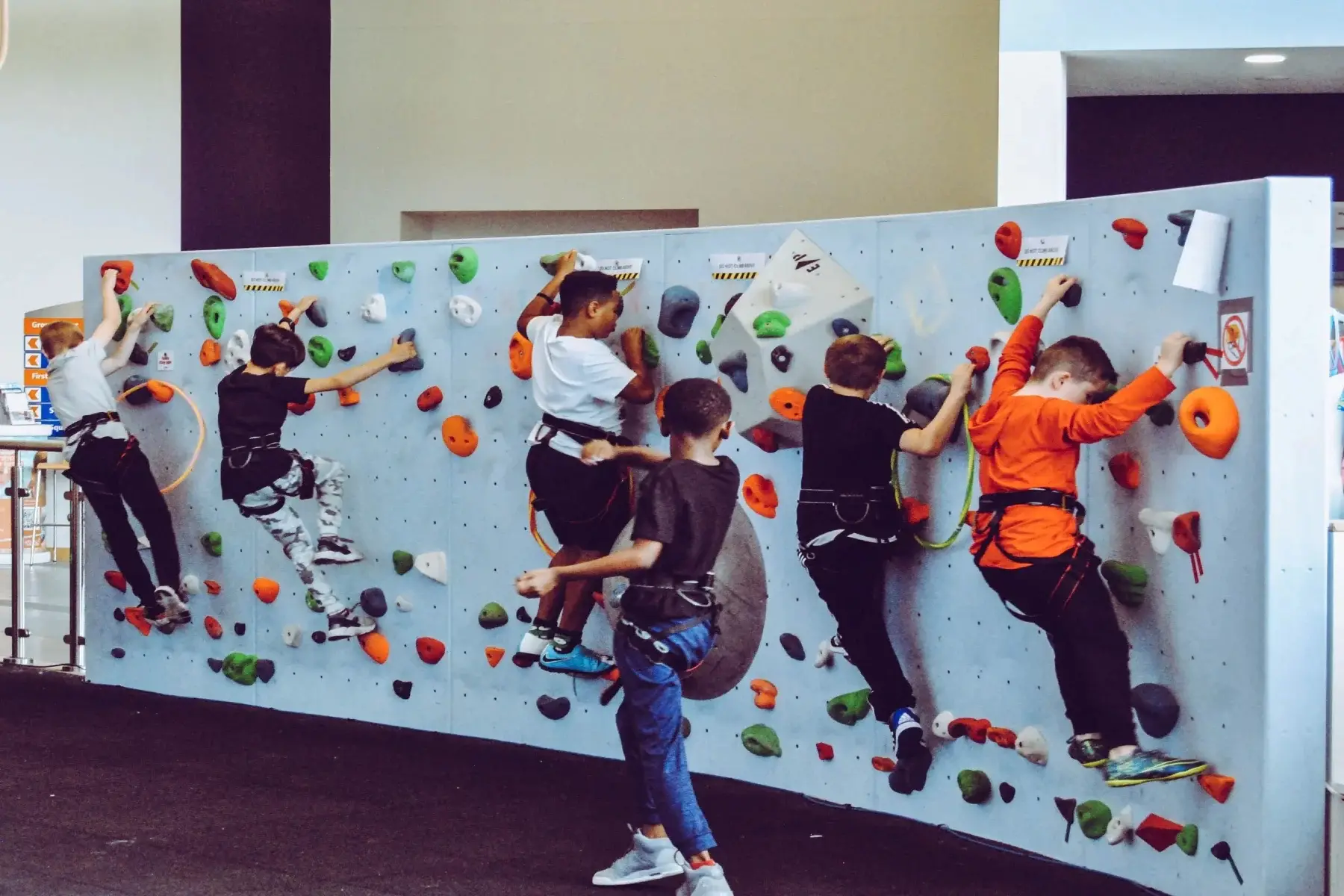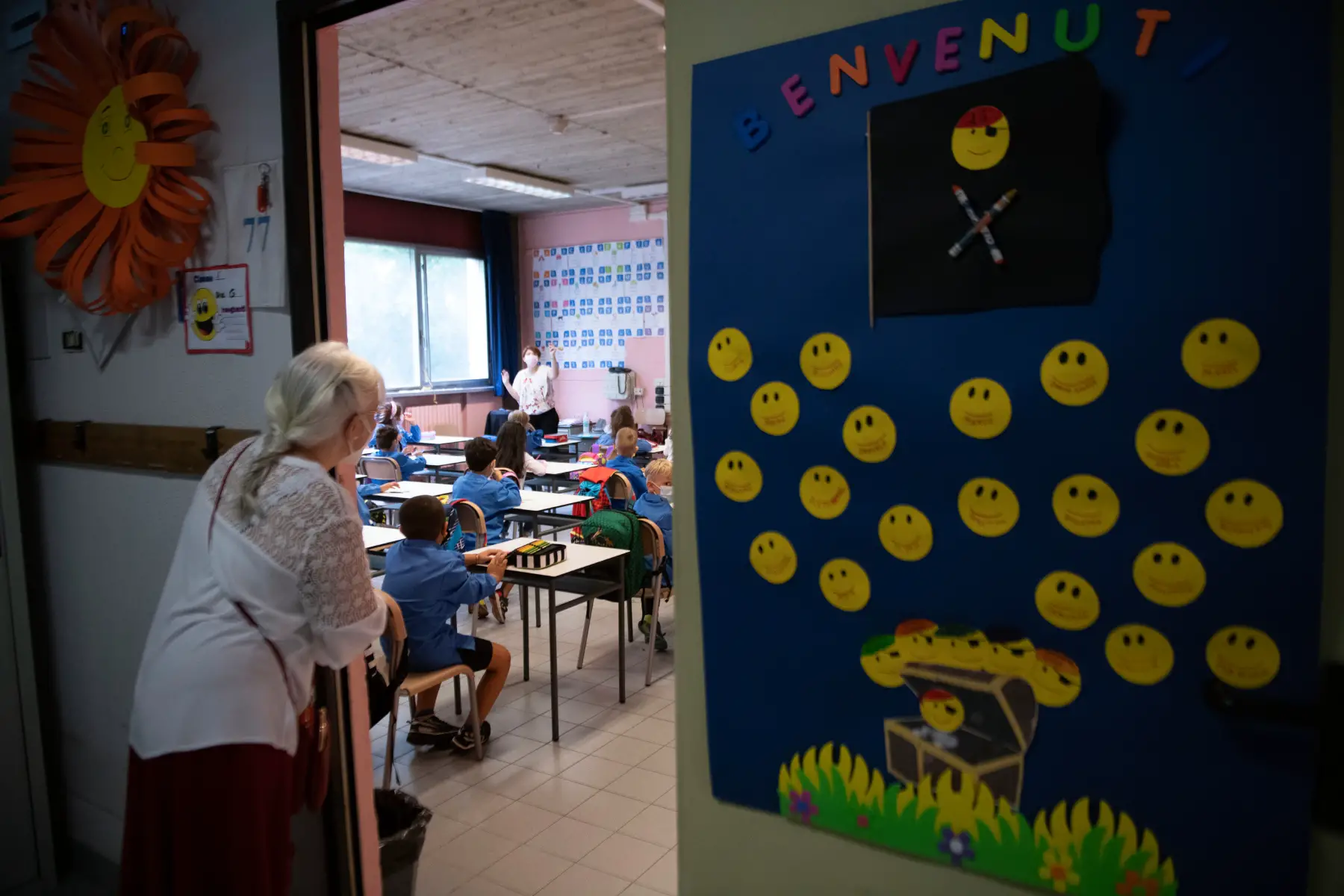Secondary school is a significant time for children because it prepares them for further study, vocational training, or entering the job market. As such, choosing the right school can be overwhelming, especially when living abroad. Fortunately, in the education system, there are many options for secondary schools in Italy.
This article will review everything you need to know, from public to private and international learning institutions, including:
Moving2Italy
When relocating to Italy, get expert help from Moving2Italy on taxes, work permits, and setting up a business. They also provide personalized support for immigration, social security, and residence, helping you navigate your new life abroad. For assistance with fiscal and immigration matters, contact Moving2Italy.
The secondary education system in Italy
The Ministry of Education (Ministero dell’lstruzione e del Merito – MIUR) manages the secondary education system throughout the country.

Secondary schools in Italy divide into two stages:
| English | Italian | Age |
| Lower secondary school | Scuola secondaria di primo grado or Scuola media | 11–14 |
| Upper secondary school | Scuola secondaria di secondo grado | 14–19 |
Attendance, however, is only mandatory until age 16. The Italian education system has public and private schools. Across all schools, students must complete the relevant coursework and exams before they can proceed to the next grade.
Private Italian schools mostly follow the national curriculum too, so, the main differences to state schools may be religious or pedagogical approach. Of course, private schools charge fees, whereas public schools do not.
Conversely, international schools follow their associated country’s curriculum and will teach in their first language as well as Italian.
Public secondary schools in Italy
Public secondary schools in Italy are rated highly for their quality of education. They are generally considered superior to private secondary schools; fewer than 10% of Italian students attend private schools (i.e., less than in Germany, Spain, France, and the United Kingdom).
Fortunately, public schools in Italy do not charge fees. Parents are only responsible for books and other expenses (e.g., transportation, extra activities).
Keep in mind that, within much of the public school sphere, the focus is often on rote learning and memorization, instead of critical or creative thinking. Naturally, public secondary schools in Italy – and many private secondary schools – teach in Italian.
The curriculum in state secondary schools
The regional education authorities oversee public schools in their region. Therefore, school hours and holidays may differ. Most students in public secondary schools will begin their school day at around 08:00 and finish around 13:00 (i.e., lower secondary level), often from Monday through Saturday. Nowadays, however, more schools now extend their school day – till 16:00 with a lunch break – from Monday to Friday. Classroom sizes vary by city and region, but on average, there are around 20 students in class.

Students’ progress are continually reviewed throughout the year with regular assessments and exams, which allow them to continue to the next grade (if they passed).
While some schools may offer extra-curricular activities, the activities are generally not as varied as in some other countries. For example, schools tend not have organized sports teams. However, many learners pursue activities in outside clubs and organizations.
Specialized secondary schools
Secondary school streams in Italy divide according to subject specialty, so your child would pick their school based on their general interests and plans after school. The options are diverse, so it’s important to do your research before deciding. The academic streams include:
| Stream | Description |
| Lyceums (liceo) | Prepare students for university Academic focus Subjects such as arts, classics, applied sciences |
| Technical institutes (istituto tecnico | Combine theoretical foundations with a practical specialization in fields like graphic design, construction, and economics |
| Vocational programs (istituto profesionale) | Prepare students for more technical industries, such as water management, dental technicians, and hotel hospitality |
| Teacher training programs (istituto magistrale) | Train students to become primary school teachers |
The pros and cons of state schools
There are several factors to consider when choosing a public school. The biggest advantage is that these schools are free and offer a good high standard of education. Your child will also get the opportunity to learn Italian like a native and integrate into their community’s culture. The richness of that experience is hard to replicate.
On the other hand, some drawbacks include the bureaucracy of managing the Italian education system as a parent – you might need to pick up some Italian yourself! Additionally, if your child wants to study abroad, it may be more complicated to validate their academic records and be accepted to universities outside of Italy.
Applying to secondary state schools in Italy
Parents looking to register their children for school have a few options. First, you must apply online during before the deadline. The registration window (in Italian) for the 2023–2024 scholastic year is 9 January 2023 to 30 January 2023. Remember that you need some form of digital identification to register online.

Digital ID options include:
- SPID (Public Digital Identity System)
- CIE (Electronic Identity Card)
- eIDAS (Electronic identification authentication and signature)
Alternatively, if you are keen on a specific school, you can always reach out to their admissions department directly to enroll. Fortunately, students are not limited by geographic boundaries, meaning they do not have to attend their closest secondary school. School administrators tend to be accommodating when they are not oversubscribed.
Your child will need the following identifying information:
| Document | Examples |
| Personal information | Name, birth date, home address, and health or disability history |
| Health documentation | Medical history, including vaccination records |
| School transcripts | Academic documentation from any recent schools |
Private secondary schools in Italy
Despite most Italians preferring to send their children to public schools, there are many private secondary schools in Italy. Many include faith-based learning, for example, Catholic schools.
Many private schools use Italian as the instruction language and follow the national curriculum. However, some also follow an alternative teaching approach, such as Steiner-Waldorf or Montessori schools. However, only some of these cater to secondary school students.
Of course, as fewer students attend private schools, class sizes will also be smaller than in state schools. Tuition fees can be expensive, ranging, on average, from €10,000 to 20,000 per year. You would need to clarify these fees with your selected institution.
A few private secondary schools also offer boarding options, but these schools tend to be international.
Montessori schools in Italy
The Italian physician and educator, Maria Montessori, developed this holistic teaching approach in the early twentieth century.

The Montessori method prepares 12 to 18-year-olds for practical adult life alongside academic development. It aims to give the students real-life opportunities to nurture their social responsibilities and personal skills to contribute to society in a meaningful way. For example, the curriculum will also focus on everyday economics and sustainable living (i.e., respect for the natural world and environmental protection).
International schools
International schools are an excellent choice for expats who may not stay in Italy long-term or are concerned about educational continuity. These independent schools are usually affiliated with other education systems (e.g., the United Kingdom (UK) or the United States (US). They welcome students from all over the world to learn together in a nurturing environment and are great at helping students integrate.
If you plan on returning to your home country during your child’s school years, it may ease their transition; they will already be familiar with the curriculum. Moreover, it will be easier to apply to universities outside of Italy, as international school qualifications are widely recognized.
That said, international schools can be costly, so consider negotiating the tuition into your job offer. Annual fees vary by grade but can go up to €25,000.
Graduating in Italy
Public secondary school students graduate with a diploma di maturità (high school diploma) after passing the final national exam, esame di maturità. This exam includes written assessments and an oral defense of what they have learned in their final year. After graduation, students can apply to Italian universities.

International schools’ final assessments and exams vary depending on the curriculum they follow. Fortunately, successful students can also apply to universities outside of Italy. For example, graduating from a British school may facilitate an easier application process to British universities. As this varies by institution, be sure to do your homework when researching international schools.
The International Baccalaureate (IB) in Italy
Many international schools in Italy offer the International Baccalaureate (IB) program. IB students take mathematics, science, literature, and language courses and complete a final project. The IB program is internationally recognized for its rigor and high educational standards. Therefore, this qualification can open more doors worldwide when applying to universities.
Currently, 39 schools offer the IB Program in Italy.
Italian trade schools
Italy has one of the most robust trade school environments, if your child is interested in vocational learning. Whether they want to study agriculture or social work, become an optician, or work in commercial fishing, a professional institute that can prepare them for that.
However, as these institutes are public, your child would need to be in the Italian public school system, be fluent in Italian, or be able to learn the language. The upside is that this education stream is free.
Some international schools may offer relevant classes like computer science as part of their subject choices, but their vocational programs are not comprehensive. This is because most schools prepare students for university instead of the job market. Still, do your research, as you may find an international school in your city that offers a good balance between the two systems.
Useful resources
- Ministry of Education – manages the public secondary education system in Italy
- School enrollment site – digital portal to enroll your child in Italian public school (open in January)
- IB Organization – information about schools offering the IB program in Italy.






